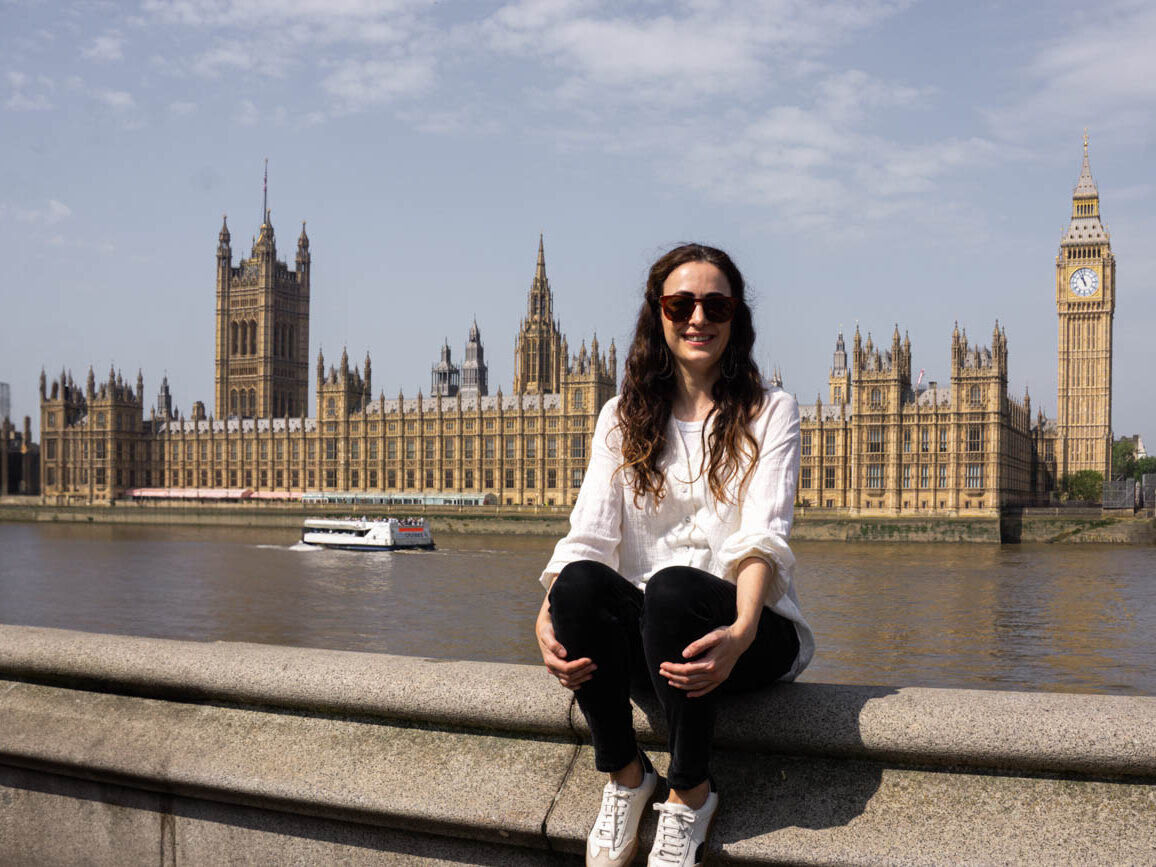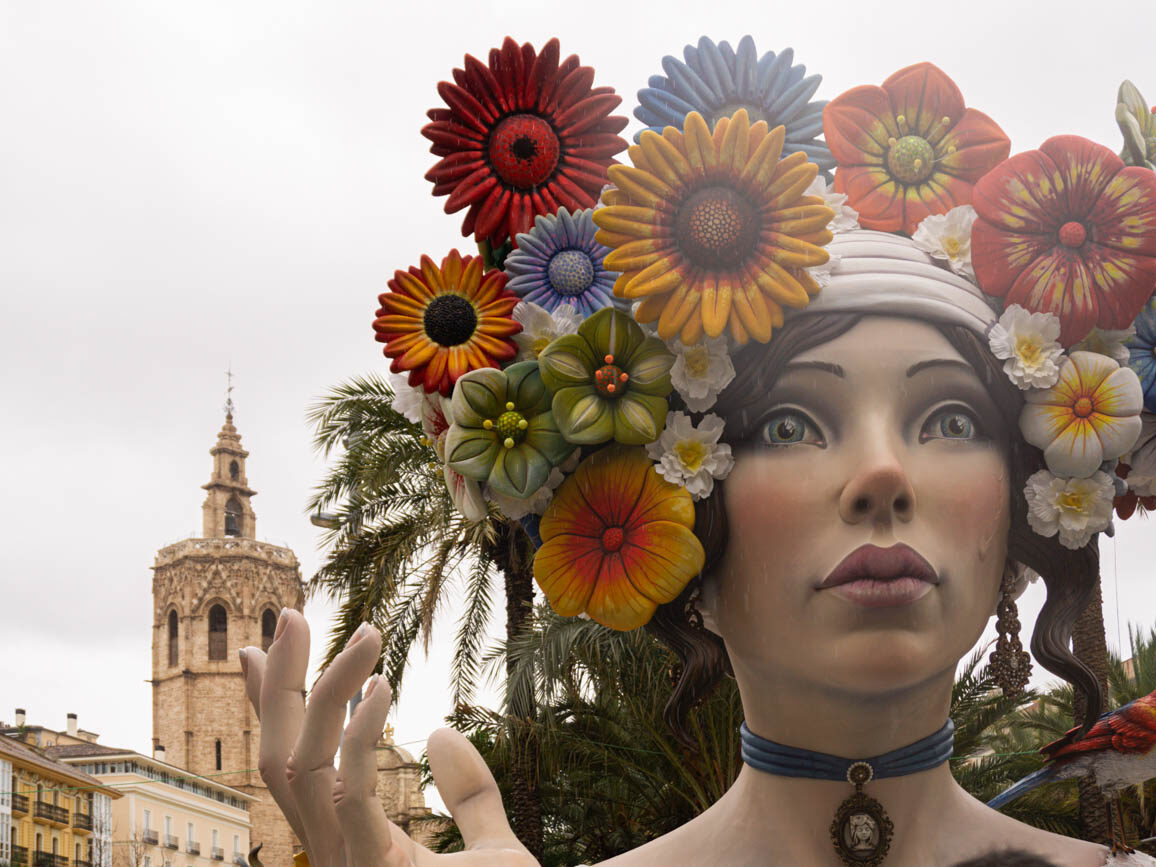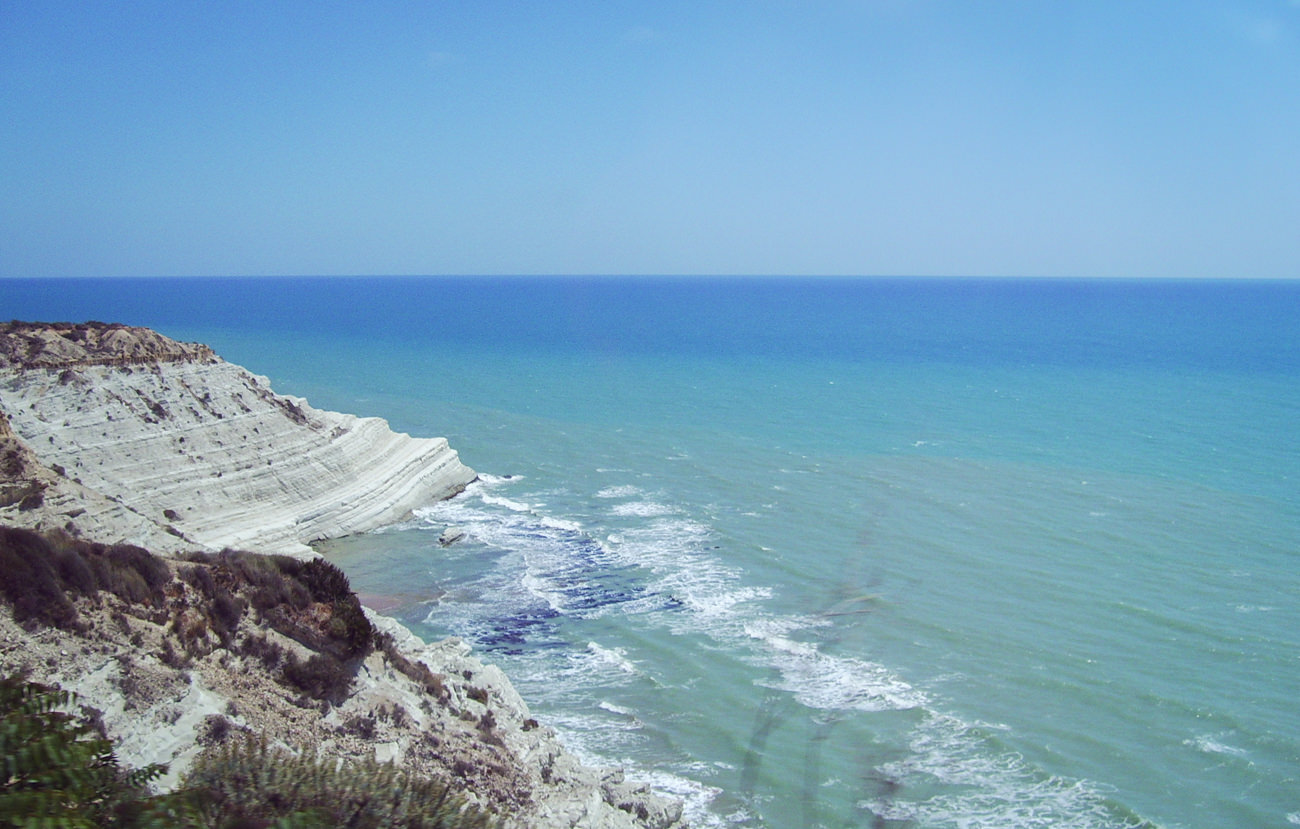
Towards the end of my Erasmus exchange program in Rome, I had the chance to travel to the Italian island of Sicily. If you want to get a flavor of what to see in Sicily, keep on reading!
What to see in Sicily
During our 8-day itinerary around the island of Sicily (known as Sicilia in Italian), these are the destinations we visited.
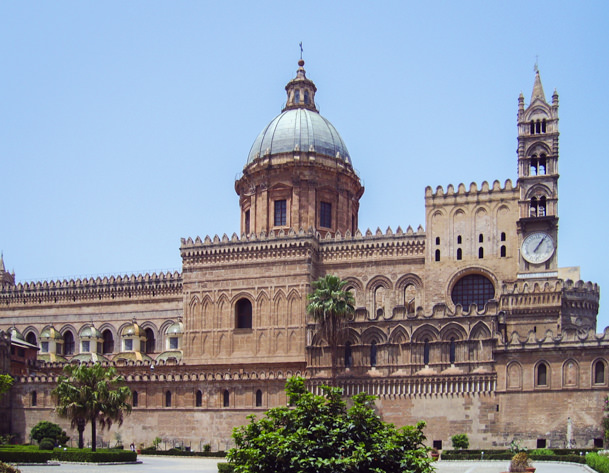
Palermo and Monreale
Our first stop in Sicily was in the capital, Palermo.
This decadent city was first colonized by the Phoenicians in the 8th century BC. It fell into the hands of the Romans and then to the Arabs, who named it their capital and turned it into one of the most powerful cities in the world. This splendor was exalted during the Norman rule. Today traces of the past and modern life coexist in Palermo. Many buildings were destroyed during World War II, and some of them, without being rebuilt, have been occupied by restaurants or art galleries.
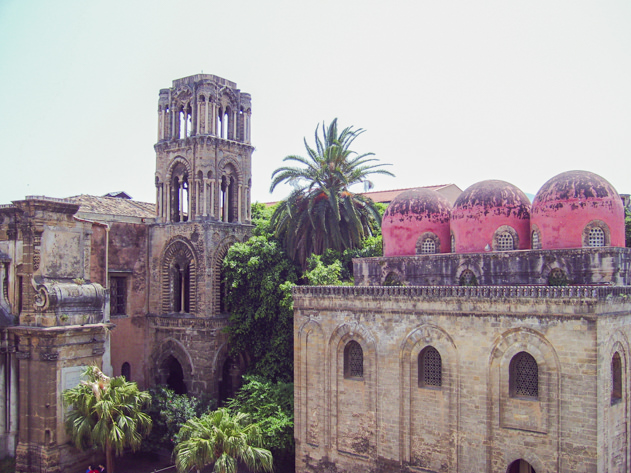
Some of the must-sees in Palermo include:
- the Norman area (around Parco d’Orleans, Piazza del Parlamento, Piazza della Cattedrale)
- the splendid Cathedral (Duomo di Palermo)
- the churches of La Martorana (also known as Santa Maria dell’ Ammiraglio) and San Cataldo
- Kalsa (the Arab quarter)

Just 20 minutes away from Palermo lies the village of Monreale. Around the lively square of piazza San Guglielmo you will find the Cathedral (Duomo di Monreale): don’t miss its facade, step into the interior to admire the elaborate mosaics and the beautiful cloister. The Norman castle built in the 12th century (Castellaccio) is also worth visiting in Monreale.
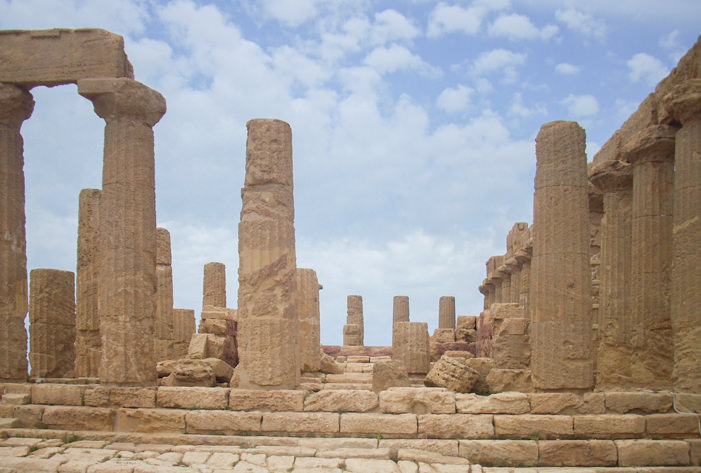
Agrigento
The main attraction in Agrigento is the area known as Valle dei Templi, which houses a variety of ruins of former Greek temples overlooking the coast. Not far from there lies the famous Scala dei Turchi (see picture featured in this blog post), a rocky white cliff in southern Sicily.
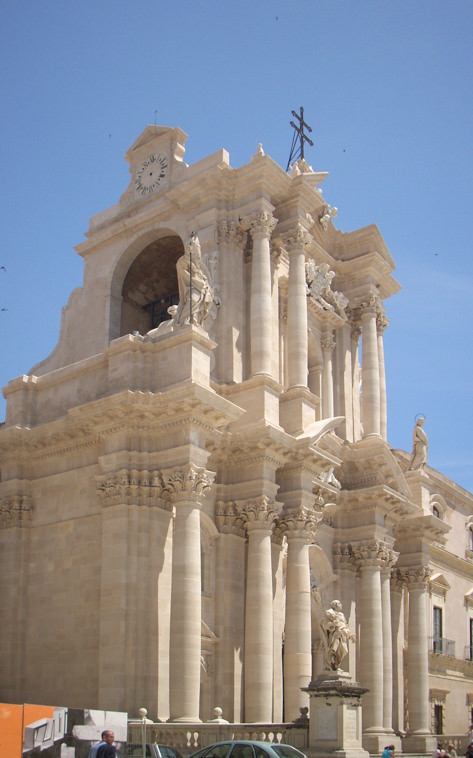
Siracusa
Founded in 733 BC by Corinthian colonists, Siracusa was one of the first Greek colonies on the island. It soon achieved prosperity, promoted important architectural and artistic works, and gave rise to other colonies, expanding its territory through war until it became the most powerful city in the Mediterranean. The small urban center of Ortigia is one of the most pleasant urban centers on the island of Sicily.
Here’s what you should cover when visiting Siracusa: the Cathedral (il Duomo), various elegant buildings (Palazzo Beneventano, Palazzo Vermexio), the Greek ruins (theatre, auditorium, amphitheater), the curious Latomia del Paradiso – Orecchio di Dioniso or the necropoli rupestri di Pantalica.
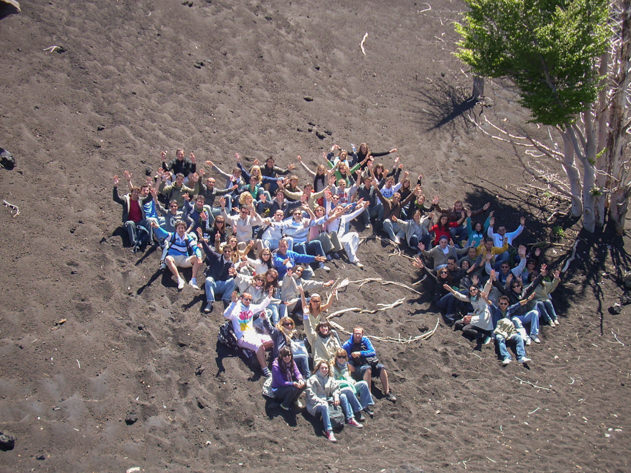
Mount Etna
Europe‘s largest active volcano has always posed a threat to Sicily while its imposing silhouette dominates the eastern part of the island. It was impressive to see the power of nature first-hand.
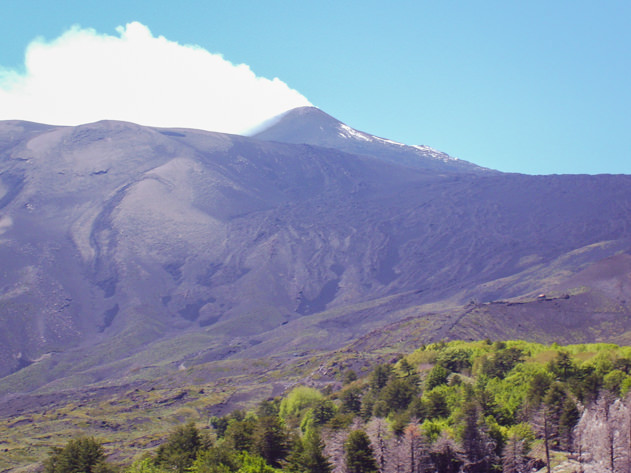

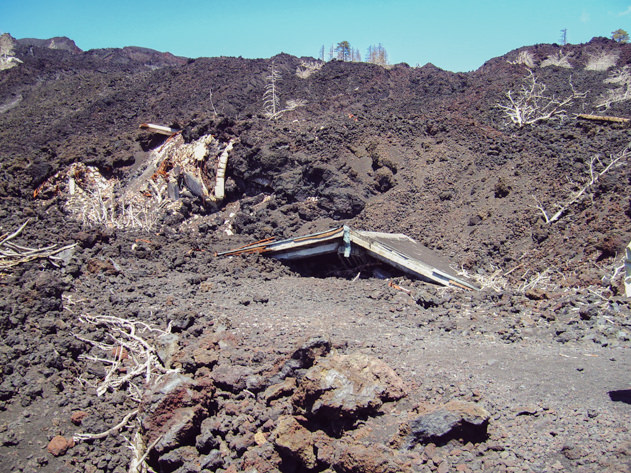
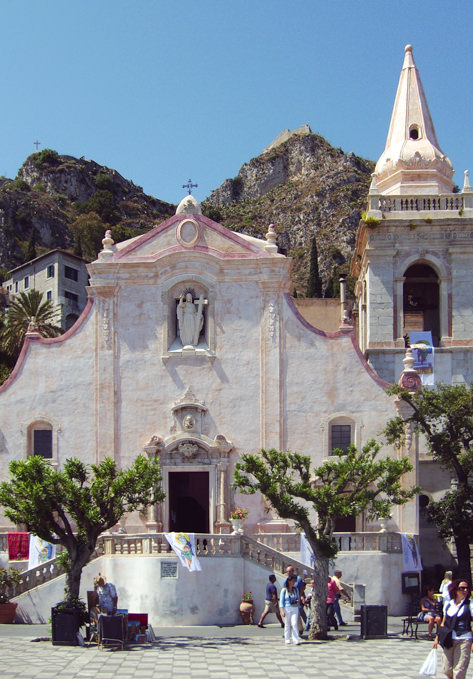
Taormina
Sicily’s first tourist center has been a must-see stop on any tour of the island for centuries. This bougainvillea-covered town offers beautiful panoramic views, an ancient theater and cafes with sea views. It was founded in 304 BC.
The main highlights in Taormina include: the Greek theater, the lively squares (Piazza Vittorio Emmanuele, Piazza IX Aprile, Piazza del Duomo), the Cathedral and the church of Santa Caterina or the medieval quarter (Borgo Medievale). From Taormina, you can easily reach the beach area of Isola Bella.
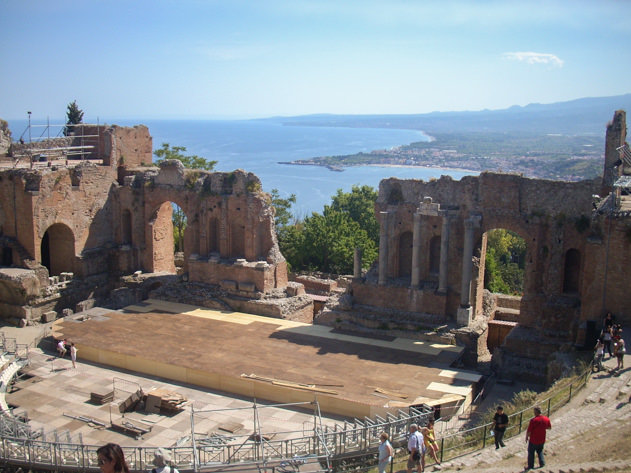
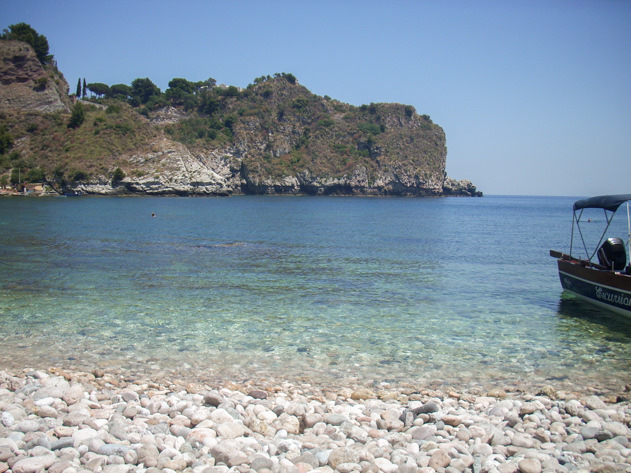
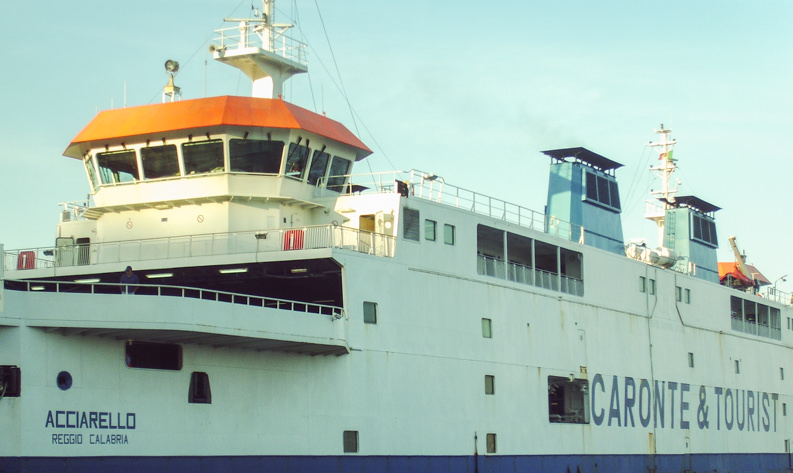
Trip details
We traveled from Rome to Sicily by bus. In order to cross the strait of Messina, we took the ferry.
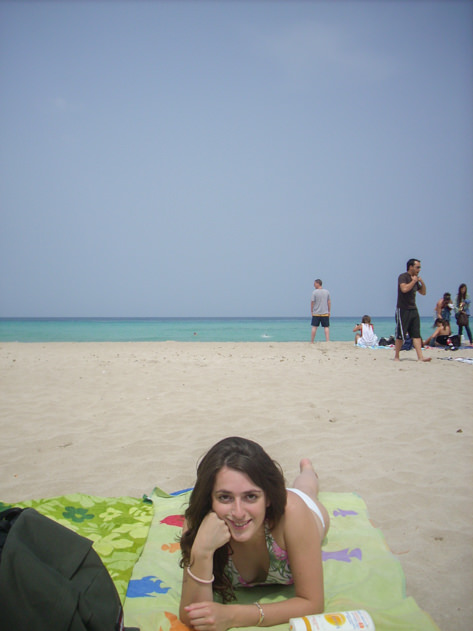

What to see in Sicily: map of our itinerary
Below you will find a map listing all the destinations that we visited throughout Sicily.
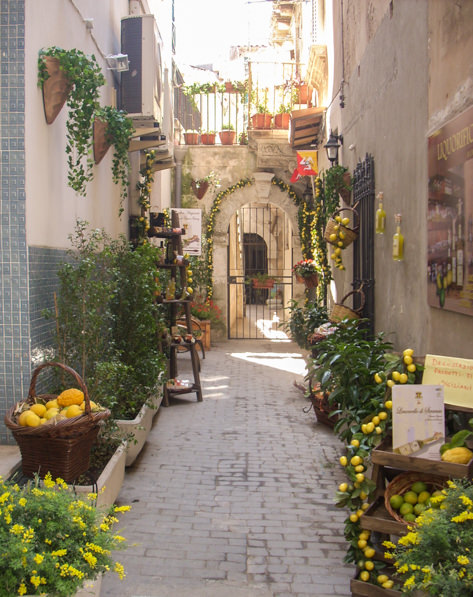
I hope you liked this blog post on what to see in Sicily based on the itinerary of our Erasmus group trip. Have you visited the island? Feel free to leave your questions and comments below.

